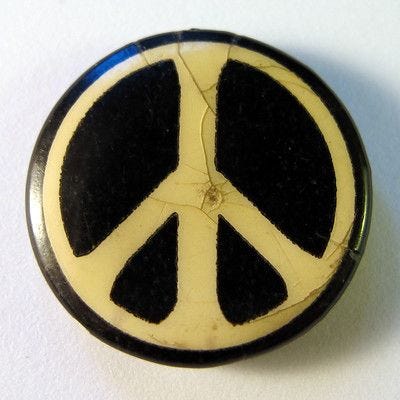
People live in Comptche by choice, and that selection is not generally related to their work, but to the style of living they prefer. CAC, 1978
In the 1970s, residents of Comptche were divided into newcomer back-to-the-landers and exclusive old-timers. In the previous Chapter 4 posts, we see the divisive issues were based on differences in the other, including income sources, type of car, household amenities, smell, and parenting choices.
Overriding these differences were shared concerns: children, the land, and volunteering. Children were as much a reason to live there as they were drivers of change, while fire was, and is, an equaling threat to the entire community.
The posts for this chapter will look at how the community organized itself, using what anthropology calls organizing cultural domains; the domains that emerged in this study are: Places to Gather and Events. This is where differences and similarities stand out, conflicts occur and relationships happen, where common ground is found.
Over time, these events changed along with the residents, reflecting community cohesion. Study respondents noted the types of events that brought people together. Some were exclusive to old-timer or newcomer groups, and the events open to all tended to be benefits for the fire department or other common good.
Comptche has only basic town amenities: a store with a gas pump, post office, a grade school, a volunteer fire department, a tavern, and a Grange Hall. Notoriously, “Comptche has always been known as the town that never had a church or cemetery” wrote Elsa Thompson, a Comptche Historian, in 1973. For those wanting to worship together, Sunday school was held in the home of Earl and Alma Wells, established old-timer residents who ran a dental tool manufacturing company, one of the area’s few employers.
Comptche had two taverns, operating one at a time, during the 1970s. Cozy’s had been in business for many years, an old-timer establishment appreciated by some and detested by others.
Research participants described the tavern and its demise.
“Cozy’s was a bar across from the Grange Hall that was frequented mostly by alternative types.”
“In reality, patrons at Cozy’s were loggers and hippies.”
“A hepatitis outbreak was identified as having spread from there and shut it down.”
In the mid-70s a new tavern opened in the heart of town, the Blue Rose. For a few years it was a favorite gathering place for weekend music and dancing. The Greens, a back-to-the-land family built a new redwood barn replicating the beloved old barns throughout the region, for the purpose of offering a live music venue. They served food, so all ages could go.

As one respondent recalled: “We used to go to the Blue Rose but that was short lived. It was a community bar and gathering place. They didn’t make money ‘cause none of us had money.”
Respondents noted another place for food, drink, and entertainment was Toad Hall, on the road from Comptche into Mendocino. “A comfortable good time,” reads the poster. I remember Maria Muldaur singing there, Midnight at the Oasis. Dancing and live music at the edge of the Pygmy Forest.
The Blue Rose closed after just a few years, when the owners decided to sell and leave Comptche. During this period, 1976 to 1978, Comptche’s Citizens Advisory Committee (CAC) was hammering out the town’s first general plan and there were many community meetings to discuss issues around zoning and community planning. The residents discussed, debated, and agreed that taverns and Comptche roads are a bad mix, so the general plan advises against the establishment of any future tavern.
Just as the Blue Rose was closing, the old Comptche School building had been condemned by the school district. Community members worked diligently together to retain their small K-3rd grade school. They successfully moved the Comptche School into the large redwood barn, originally built to house the Green family upstairs and the Blue Rose Tavern on the large open ground floor. The building became a new kind of gathering place, and continues to this day as the Comptche School.
Next up: The Town Without a Church
References for this post:
Citizens Advisory Committee (CAC), 1978. Comptche Conservation Plan.
Spicer, Lisa Gruwell, 2012, C 2024. Collective Effervescence: When the Hippie Counterculture Immigrated to a Rural Redwood Community. Western Washington University.
Thompson, Elsa, 1973. Early Settlers of Comptche Along its Many Roads.






